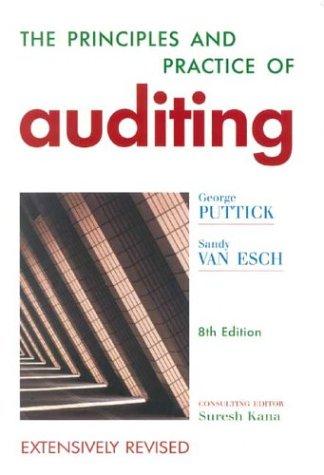Question
Match each term to its correct description. Accounting Anomalies Internal control weaknesses Analytical anomalies Lifestyle symptoms Behavioral symptoms Analytical procedures Psychopaths Elements of fraud A.
Match each term to its correct description.
|
|
Step by Step Solution
There are 3 Steps involved in it
Step: 1

Get Instant Access to Expert-Tailored Solutions
See step-by-step solutions with expert insights and AI powered tools for academic success
Step: 2

Step: 3

Ace Your Homework with AI
Get the answers you need in no time with our AI-driven, step-by-step assistance
Get Started


